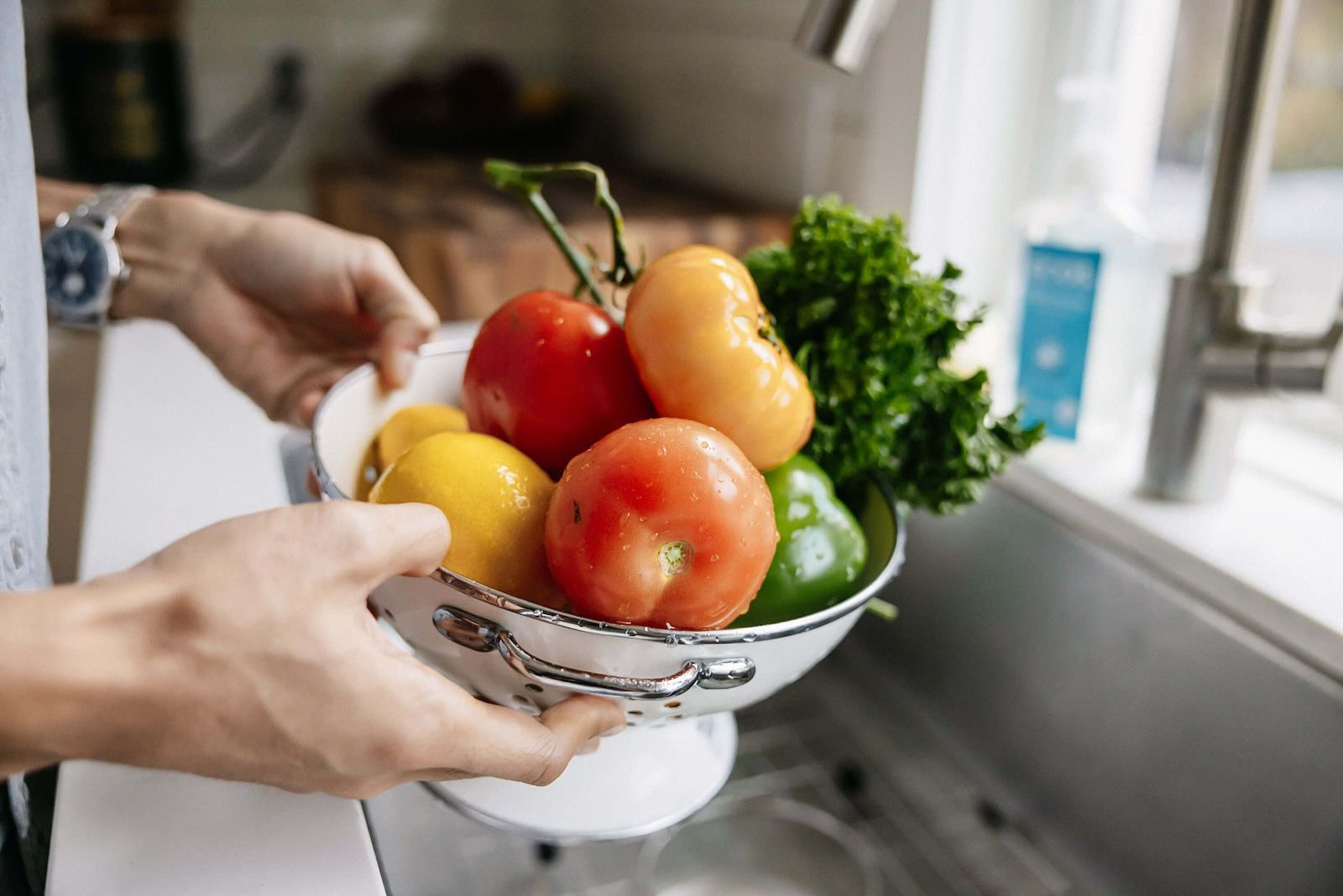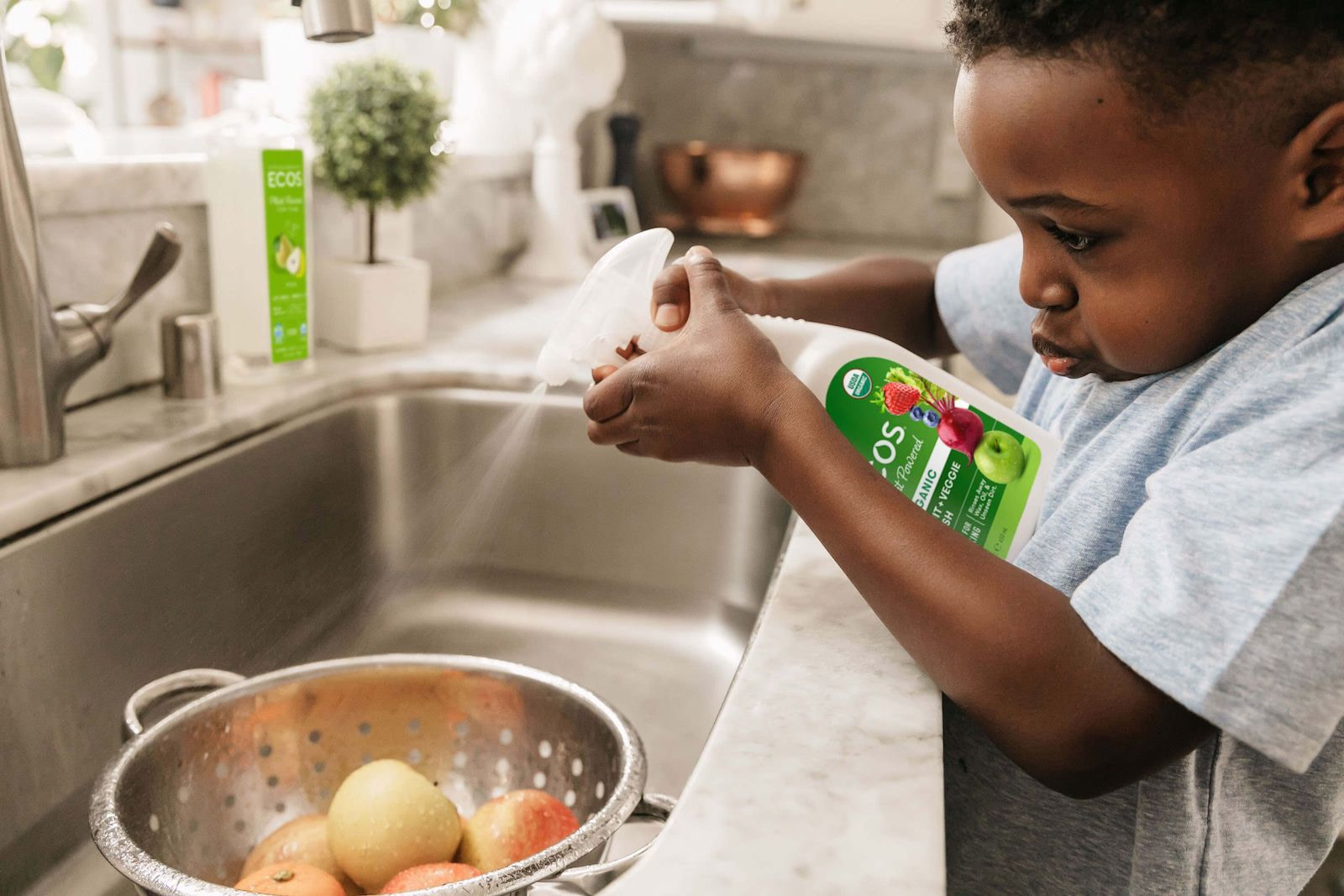The Worst Grocery Store Foods for Toxic Residue
5 minute read

When we think of grocery shopping, we often assume that the products we bring home are safe for consumption. However, the reality is that many grocery store foods harbor toxic residue that can pose serious risks to our health and the well-being of our loved ones, including our furry friends.
While it’s widely known that fresh produce is often coated with pesticides and herbicides, the extent of contamination extends far beyond the produce section. Surprisingly, even seemingly innocent items like canned foods and children’s cereals can be tainted with harmful compounds, regardless of the brand’s reputation.
In this blog, we delve into the unsettling truth about toxic residue in grocery store foods, exposing the worst offenders that demand our attention. Read on to discover what you need to know to make informed choices for a safer and healthier shopping experience.
Fruits & Vegetables
The Environmental Working Group (EWG) recently published the 2023 edition of its Shopper’s Guide to Pesticides in Produce. That guide, updated annually, includes test results from 46,000+ samples of 46 fruits and vegetables from across the United States. EWG’s team buys produce from ordinary grocery stores, then tests it for toxic compounds linked to health problems.
The 2023 “Dirty Dozen” list features the worst fruits and vegetables for toxic residue, including:
- Strawberries
- Spinach
- Kale, collard, and mustard greens
- Peaches
- Pears
- Nectarines
- Apples
- Grapes
- Bell and hot peppers
- Cherries
- Blueberries
- Green beans
Amazingly, more than 90% of certain fruits and vegetables tested positive for the residue of two or more pesticides. And, a total of 210 different types of pesticides were found on the 12 fruits and vegetables above. Some individual fruits and vegetables had 10 to 23 pesticides in a single collected sample!
The EWG also published its “Clean Fifteen,” which includes produce with the lowest levels of toxic residue. The Clean Fifteen list included avocadoes, sweet corn, pineapple, onions, papaya, frozen sweet peas, asparagus, honeydew melon, kiwi, cabbage, mushrooms, mangoes, sweet potatoes, watermelon, and carrots.
Pro Tip: Soak fruits and vegetables in ECOS Fruit + Veggie Wash to remove dirt, wax, and other debris. Featuring vinegar as the active ingredient to remove residues, ECOS Fruit + Veggie Wash is made without phthalates, dyes, parabens, and phosphates.

Certain Types of Fish
You may have heard about mercury in fish. It’s true: certain types of fish have unhealthy levels of mercury. Because of bioaccumulation, these fish become loaded with mercury through the food chain before arriving on your plate.
According to the Washington State Department of Health’s Healthy Fish Guide, some people (like pregnant women, nursing mothers, and young children) should avoid the consumption of the following fish because of mercury and other toxins:
- Mackerel (king)
- Marlin (imported)
- Swordfish (imported)
- Tuna steak
- Bluefin
- Shark (mako and thresher from California or Hawaii)
Other types of fish are generally considered safe to eat, but you should limit yourself to one serving per week. Those fish include salmon, halibut, lobster, mahi mahi, monkfish, and tuna.

Children’s Cereal
Many children eat cereal daily. However, surprising new reports have found disturbing levels of certain toxins in common children’s cereal.
According to testing by the Center for Environmental Health and others, many children’s breakfast cereals contain glyphosate and arsenic:
- Glyphosate may sound familiar because it’s the active ingredient in Monsanto’s Roundup, the country’s most popular weed killer. It’s considered a “probable human carcinogen,” or cancer-causing compound, by the World Health Organization. Unfortunately, testing shows 70% to 93% of Americans have glyphosate in their urine samples, and that glyphosate residue in food has quadrupled in the last 25 years. Children, particularly 1 to 2 year olds, have a particularly high risk of glyphosate exposure and buildup.
- Arsenic, meanwhile, is a naturally occurring substance in soil and water. As crops grow, the toxic metal remains present in the crop, entering the food supply. Rice may have a particularly high concentration of arsenic. Rice-based cereal and other rice-based foods could contain traces of arsenic, and those traces could disrupt human growth.
- Other toxic compounds like BHA, BHT, and artificial food dyes. BHA and BHT are Generally Recognized As Safe (GRAS) by the FDA, which means they’re considered safe for most adults to take in normal doses. However, some studies have connected BHA and BHT to cancer and cognitive disorders. Artificial food dyes, meanwhile, are also considered safe, but some studies have linked these chemicals to developmental issues in children.
Our endocrine system is responsible for regulating the body’s production of hormones that are necessary for many biological processes. Switching to organic breakfast food and organic cereal can help.
Grocery Store Receipts
Surprisingly, grocery store receipts could be a source of toxic exposure during your next trip.
A recent study found 93% of tested receipts contained levels of toxins like BPA or BPS. That’s a significant increase from a similar test in 2010, when roughly half of all tested receipts contained the same toxins.
BPA and BPS are considered endocrine disrupting chemicals, or EDCs. They’re linked to health problems, an increased risk of cancer, and other risks.
Some grocery stores have taken action. The next time you’re at the grocery store, decline the receipt or ask for a digital receipt instead.

Plastic Food Containers
PFAS and other harmful “forever chemicals” can contaminate plastic food containers.
Plastic containers may contain these substances in trace amounts. However, they accumulate in your body over time, which is why they’re called “forever chemicals.” Your body struggles to get rid of them.
PFAS substances are a group of about 9,000 compounds used in many types of manufacturing. They’re linked to cancer, birth defects, and disease and illness. They’re also in the food and water supply, plastic containers, and more.
Plastic companies treat containers with fluorine gas, effectively coating plastic containers with PFAS to enhance longevity. Today, we’re increasingly discovering the health risks.
Consider using glass containers or other reusable packaging for your food. You can’t control all PFAS exposure, but you can control some.
Final Word: Safeguard Your Health With Conscious Shopping Choices
In a world filled with harmful substances, it’s crucial to acknowledge that complete avoidance is nearly impossible. However, we possess the power to mitigate our exposure and minimize associated risks through conscious shopping habits. At ECOS, we are committed to providing household cleaners that prioritize both safety and effectiveness by utilizing safer ingredients.
Small changes can have a significant impact on our well-being. Empower yourself with knowledge, take action, and let’s create a world where safety and efficacy go hand in hand.
